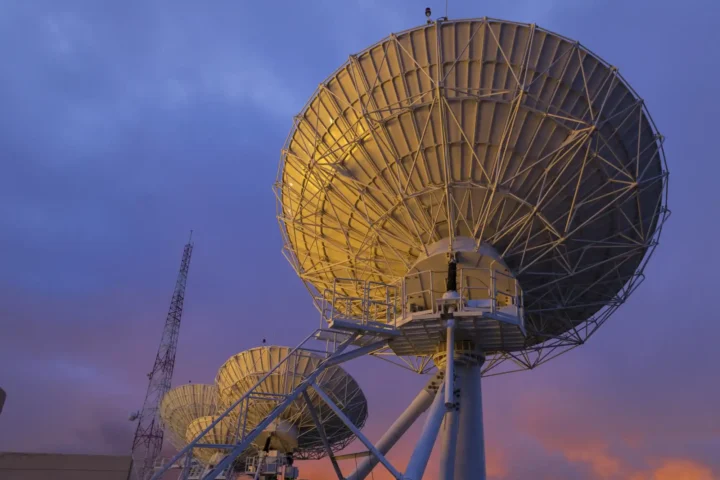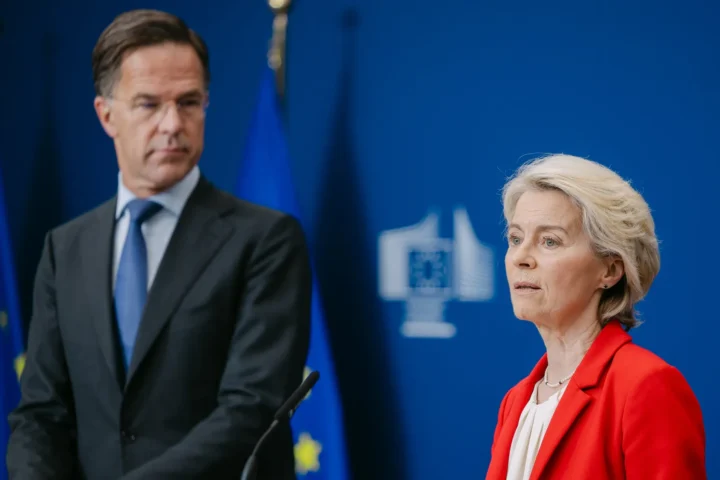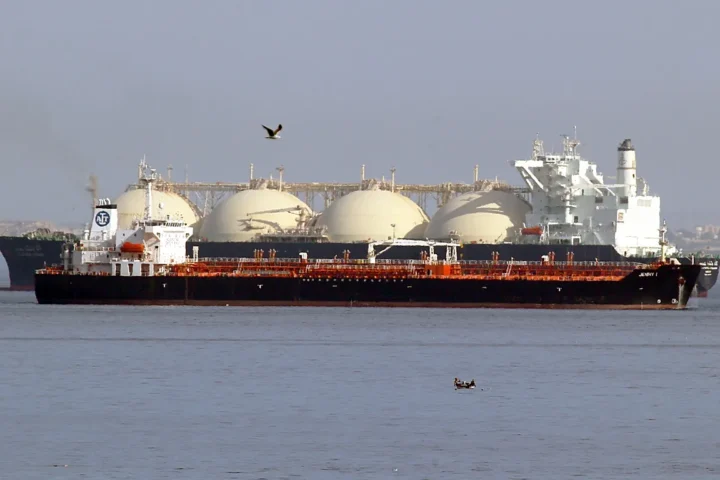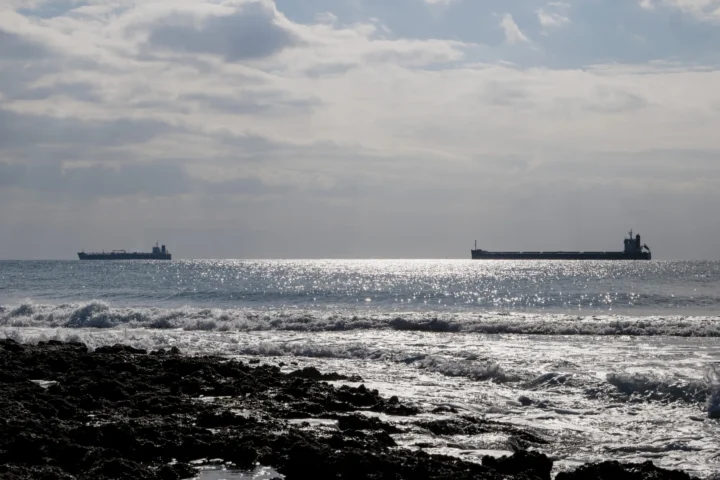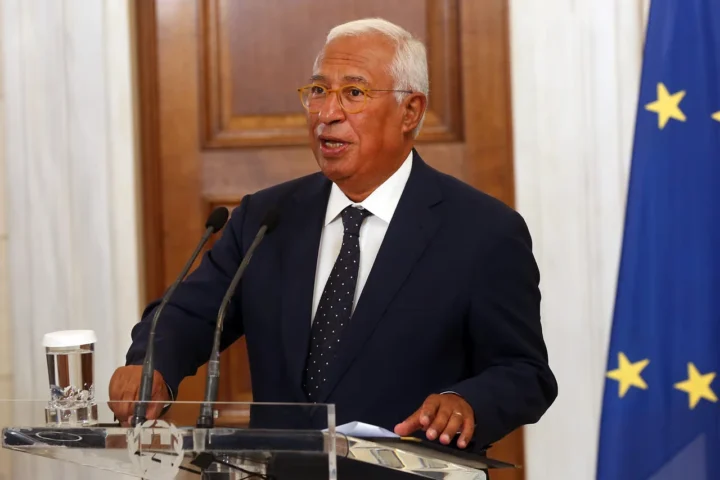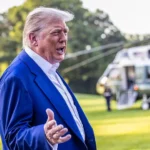After launching the largest military strike on Iran since the Iran-Iraq war of the 1980s, Israeli Prime Minister Benjamin Netanyahu directly addressed the Iranian people on June 13. “The time has come for you to unite under your historic flag and fight for your freedom from evil and oppression,” he declared.
His statement was not only a form of psychological pressure on the Iranian leadership amid airstrikes, but also a possible expression of genuine hope for the collapse of a regime weakened by sanctions and military setbacks.
Israeli strikes have already killed more than 220 people, including senior commanders of the Islamic Revolutionary Guard Corps (IRGC), the backbone of Iran’s domestic and regional power. Despite the destruction, the mass exodus from Tehran, and fears of further bombardments, the Iranian population appears more focused on survival than on toppling the government.
Who Actually Rules Iran?
While Iran has a president and a parliament, real power lies in the hands of one man — Ayatollah Ali Khamenei, the Supreme Leader since 1989. He is not elected by the public but appointed by a council of Islamic clerics. Khamenei controls all branches of government, the judiciary, the military, intelligence services, the media — and crucially, the IRGC.
The president — currently Masoud Pezeshkian, a reformist — serves under the authority of the Supreme Leader and has limited powers. Elections are tightly supervised by the Guardian Council, which disqualifies candidates deemed disloyal to the clerical system. This same body can veto any law passed by parliament.
Nonetheless, Iran’s parliament still has certain oversight functions: it approves the national budget, treaties, and government ministers, and can initiate impeachment. Parliamentary sessions also serve as platforms for tightly managed policy debates and critiques.
The IRGC: Military Power, Business Empire, Political Force
The Islamic Revolutionary Guard Corps, established after the 1979 revolution, has become Iran’s dominant political and economic force. Estimates suggest it controls between 20% and 40% of the economy — including massive infrastructure projects and powerful conglomerates. These resources are used not just for profit, but as tools of political loyalty through contracts, jobs, and favors to business and religious elites.
The IRGC ensures domestic security through its Basij militia — plainclothes enforcers known for violently suppressing dissent. Abroad, the Quds Force manages strategic military operations across the Middle East. The IRGC even has its own intelligence agency, often more powerful than the Ministry of Intelligence. Khamenei consolidated his power by expanding the IRGC’s role in politics, security, and the economy.
How the Islamic Republic Maintains Power
After the 1979 revolution, the new regime sought to break with the “corrupt monarchy” of the Shah by focusing on rural development — electricity, clean water, healthcare, and education. Literacy soared to nearly 100%.
But Iran’s population has grown from 37 million in 1979 to over 90 million today. The economy, crippled by sanctions, mismanagement, and cronyism, struggles to meet the people’s needs. Inflation, poverty, and unemployment have fueled recurring waves of protest since the 2010s.
The regime responds with beatings, arrests, and executions. Citizens with ties to the West are frequently targeted, and dissent is criminalized as espionage. State media and social networks are strictly controlled. Through its vast construction empire, the IRGC distributes contracts and jobs to key elites, buying their loyalty.
Ideologically, the regime portrays itself as the guardian of Islam and a bulwark against “Western imperialism,” especially from the US and Israel. This narrative sustains both domestic and foreign legitimacy.
Is There Political Opposition?
In reality, no organized opposition exists inside Iran. Only political factions that support the Islamic Republic and the rule of clerics are permitted. Critical views circulate only in private conversations.
The political spectrum is limited to three main camps: ultra-conservatives like Khamenei and the late Ebrahim Raisi; moderate conservatives such as former president Hassan Rouhani; and reformists like current president Pezeshkian, who advocate limited change within the system.
Record-low voter turnout reflects growing public disillusionment. Most protests are driven by economic hardship, repression, and corruption. Ethnic minorities — including Kurds, Baluchis, and Arabs — often face discrimination and are frequent targets of arrest.
One of the largest uprisings in recent history erupted in 2022 after the death of 22-year-old Mahsa Amini, detained for allegedly violating Iran’s strict dress code. Women, youth, and minorities led nationwide demonstrations. But the regime suppressed the movement through surveillance, arrests, and the absence of political organization.
According to Bloomberg, while the regime maintains strict internal control, the Iranian diaspora has become a key voice of opposition abroad. However, it remains unclear how much support these groups — especially those pushing for regime change — receive from Western governments or Israel.
The Regime Holds, But Cracks Are Deepening
The Islamic Republic has survived crises from sanctions to uprisings. But beneath the surface lies a society weary of repression, an economy in decline, and growing distrust of leadership. The Israeli airstrikes may not bring down the regime, but they underscore the mounting challenges it faces.
As Bloomberg notes, “Iran’s regime is built not only on force, but on a system of obligation, fear, and ideology. Dismantling it will require far more than military strikes.”
This article was prepared based on materials published by Bloomberg. The author does not claim authorship of the original text but presents their interpretation of the content for informational purposes.
The original article can be found at the following link: Bloomberg.
All rights to the original text belong to Bloomberg.







